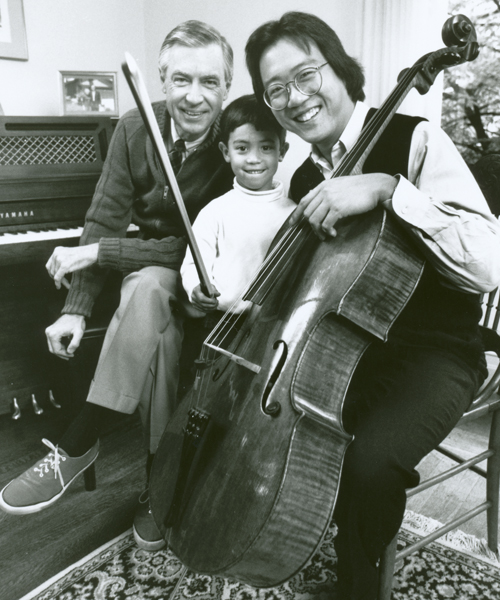The Postal Service will release its Mister Rogers stamp Friday, March 23. Here are five facts about the man the stamp honors, Fred Rogers, and his beloved children’s television series, “Mister Rogers’ Neighborhood.”
1. Rogers got into television because he didn’t like it. He was displeased with the way the medium addressed children and thought it could be better. Rogers first worked as a puppeteer on a local children’s show in Pittsburgh during the 1950s, made his on-air debut on a Canadian children’s show in 1963, and eventually came to host and produce “Mister Rogers’ Neighborhood,” which made its national debut in 1968. The series produced more than 870 episodes, ending its run in 2001 as one of TV’s longest-running shows.
2. He was a man of many talents. Not only was Rogers an ordained Presbyterian minister, he also was an accomplished musician who wrote all the songs for “Mister Rogers’ Neighborhood” and welcomed many famous musicians — including Tony Bennett, Yo-Yo Ma, Wynton Marsalis and Itzhak Perlman — as guests. Additionally, Rogers performed almost all of the show’s puppet characters, including King Friday XIII, Daniel Tiger and Lady Elaine Fairchilde.
3. His grandfather was a major influence. Rogers named the show’s speedy deliveryman, Mr. McFeely, after his grandfather, Fred Brooks McFeely. Rogers’ grandfather once told him, “Freddy, I like you just the way you are.” It became one of the show’s main themes.
4. There’s a reason he wore sneakers. Rogers began wearing them in the studio so he could run behind the set from the organ to the puppet area without being heard. Speaking of wardrobe: Rogers’ mother, Nancy McFeely Rogers, hand knit all of the sweaters he wore on “Mister Rogers’ Neighborhood.” One of his red cardigans is now part of a Smithsonian Institution collection.
5. He loved mail. Responding to fan mail was part of Rogers’ daily routine. He received 50-100 fan letters per day — and he responded to each one, either writing it himself or with help from assistants. “No child ever received a form letter from Mister Rogers,” according to Heather Arnet, an intern who helped with the research for his book, “Dear Mister Rogers,” which was published in 1996.
Got ideas for future editions of “The list”? Email them to uspslink@usps.gov.

